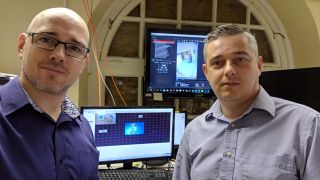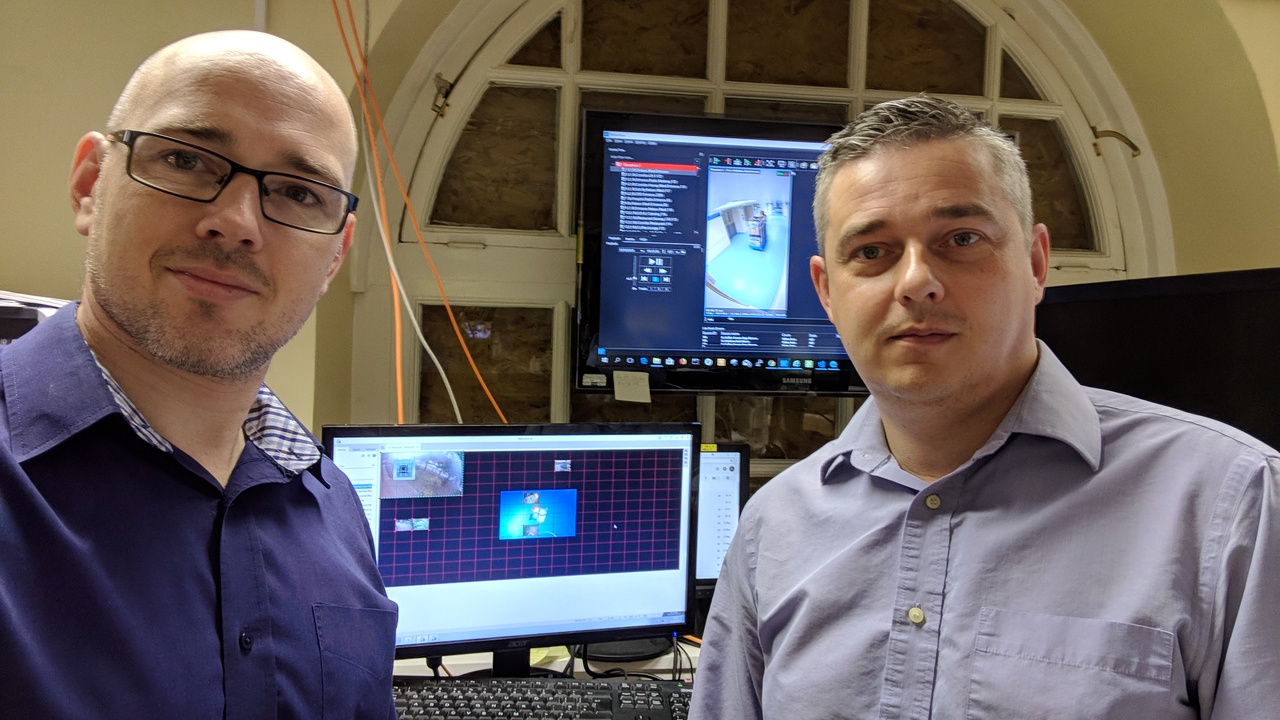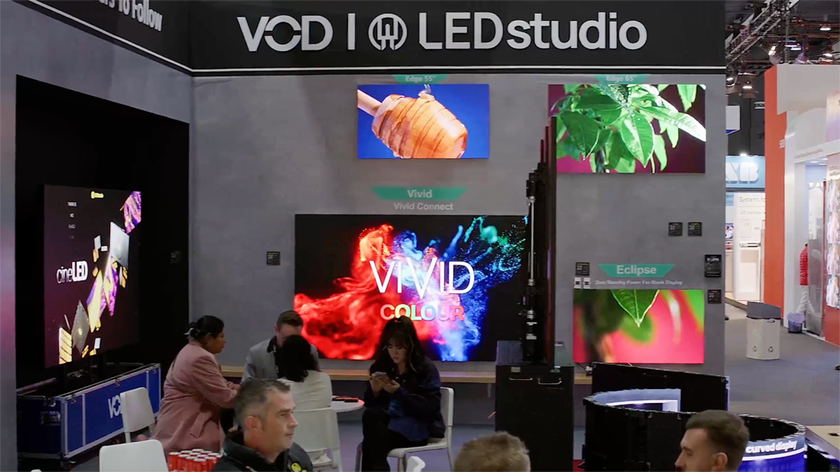

When you have 350 CCTV cameras running on four servers surveilling public-facing areas of a hospital, migrating to a new control-room video distribution and video wall system is done methodically—and with caution.
Kristian Sigston is the Equipment Services Co-ordinating Engineer at an NHS Foundation Trust, which provides the CCTV system and access control for the public-facing premises of a single site hospital in the county of Kent in southeast England.
In 2017 Sigston and a colleague embarked on a journey to install a new video wall control system in its control room to provide scalability, flexibility, and ease of use. The monitors receiving camera video feeds from the old system could not be controlled centrally, and to change camera views was no simple task.
“The massive scale of the improvement means that the old system has to be running alongside the new,” says Sigston. Having any part of the system offline is not an option. “We’re taking our time to switch from the old to the new system.”
One of the goals of installing and integrating a new video wall control system is to allow for easier viewing of cameras by the security staff. “With the current system, you need a certain skill level in IT,” says Sigston.
A Familiar UXA Datapath VSN video wall controller system was chosen primarily for its ease of use. “All the security staff needs to do—using a mouse or with the swipe of a finger—is flick an image from a camera up to the video wall, much in the same way they would with a smartphone,” says Sigston. “The less they see of the backend stuff, the better, which is why we chose the Datapath system.”
Flexibility with IP
When the transition is complete, the Datapath system will be connected to 12 monitors on the video wall and have the ability to access all 350 cameras.
“The old system was proprietary, which meant we were tied to that one manufacturer’s cameras,” explains Sigston. “Datapath runs on Windows 10, which is not proprietary, and we’re now able to pick from the vast swath of cameras, which is saving a lot of money.” The proprietary cameras cost three times the money. “Datapath allows us to put in any camera we want, providing we can pull an RTSP stream from it.”
Multiway Integration
Not only does Sigston’s team need to monitor live streams, if a suspicious event occurred a request will come in from the Police to look at video data from the past. This is where the integration of Wavestore, an open Video Management Software (VMS) platform, comes into play.
“Wavestore’s open-platform means that it integrates with a wide variety of cameras and technologies from the world’s leading brands,” said Enrico Bizzaro, Head of Integrations at Wavestore. “What’s more, we are able to re-stream images into Datapath to give complete situational awareness either as an event is happening or during post-event interrogation.”
Wavestore’s VMS also enabled integration with other third-party devices and sub-systems to provide total security solutions, utilizing technology such as License Plate Recognition (LPR), facial recognition, and access control.


Related Reading: Recent technological advances are enabling AV designers, integrators, and managers of control centers to rethink lifecycle planning, reduce the amount of video wall controllers, and share content with satellite rooms more easily and securely for their customers. Sharing mission-critical content from a central control room to a crisis room or another secure location was once a desired feature, and is now a trend. Until recently, this has required duplicate AV equipment for each room.This white paper discusses how the role of advanced AV/IT video wall control technologies and content collaboration tools is undergoing a sea change.

Bizzaro explains, “If a number plate is added to the ‘authorized entry’ list and read by the LPR system, Wavestore’s VMS can enable the automatic opening of a barrier to the car park as well as turning the lights on, for example. Or if the face of a known trouble maker was identified when walking into the building, Wavestore’s VMS can send an alert to security staff as well pop-up live video of them onto the Datapath monitor wall to for security operators to oversee the situation. Access control works the same way, it’s all about using the data sent from these systems, linking disparate technology together and adding the power of video in order to help people make better decisions and handle these types of situations more effectively.”
Lessons Learned
Sigston and his colleague are well into the migration of the old system to Datapath. “We have done a lot of it by ourselves, and that’s why I recommended you don’t.” There was a learning curve to understanding security and integration issues. “We moved from a closed system to an open system, which required a lot of configuration of different cameras. Sometimes we would struggle with a problem for a few days because we thought we should have known it. When we finally asked, we had the problem fixed relatively quickly.
“The support from the team at Datapath building the system was great. If I need to contact my rep or any of the help desk team, generally they get back to me within an hour. Their support behind the scenes is also good.”
Sigston’s parting advice: “Get the guys who know the system to help you set it up and to provide you some direction. Don’t just dive right in blind.”
Top Reasons Datapath Was Chosen
- Ease of use
- UX is as familiar as smartphone
- Flexible layout
- Customizable
- Non-propriety Windows 10 operating system
- Allows for analog and IP-based video sources
- Allows choice of cameras from multiple vendors to save money
- Scalable
For more on the latest video wall control systems
Related Reading:
Multi-phased Approach to Updating Today’s Control Center Video Walls













